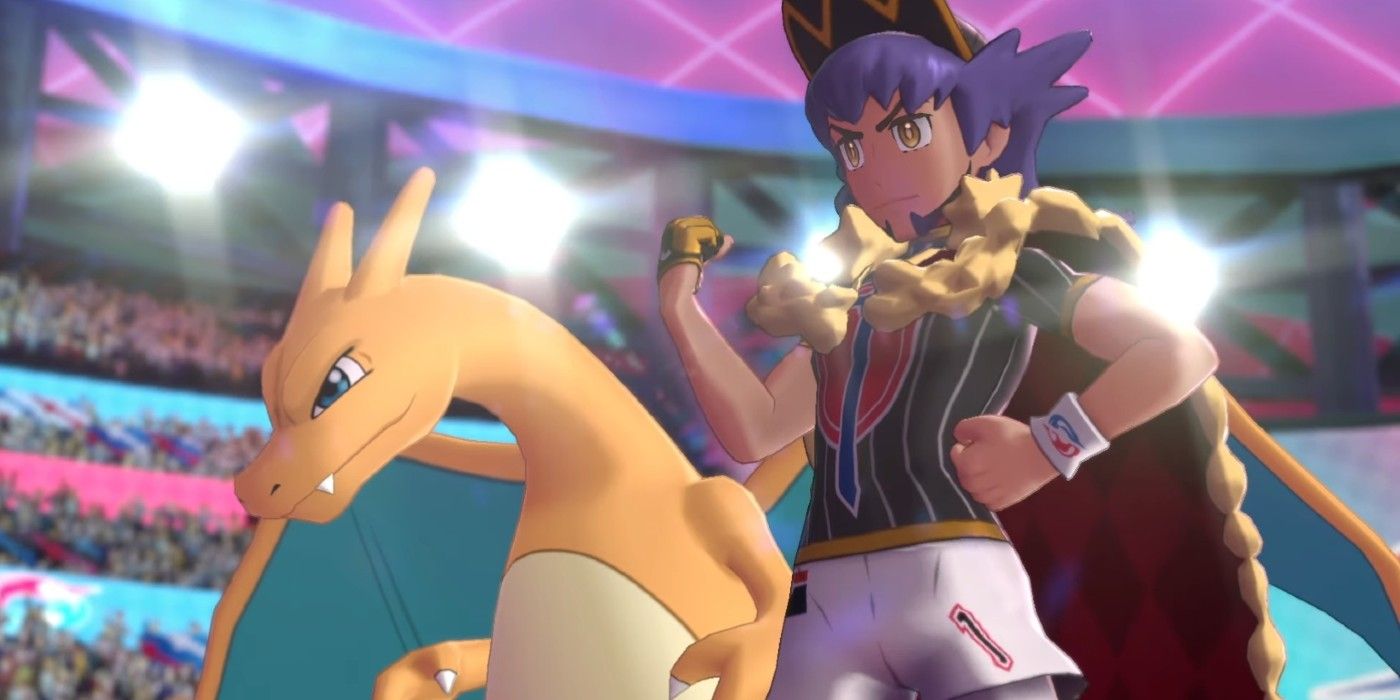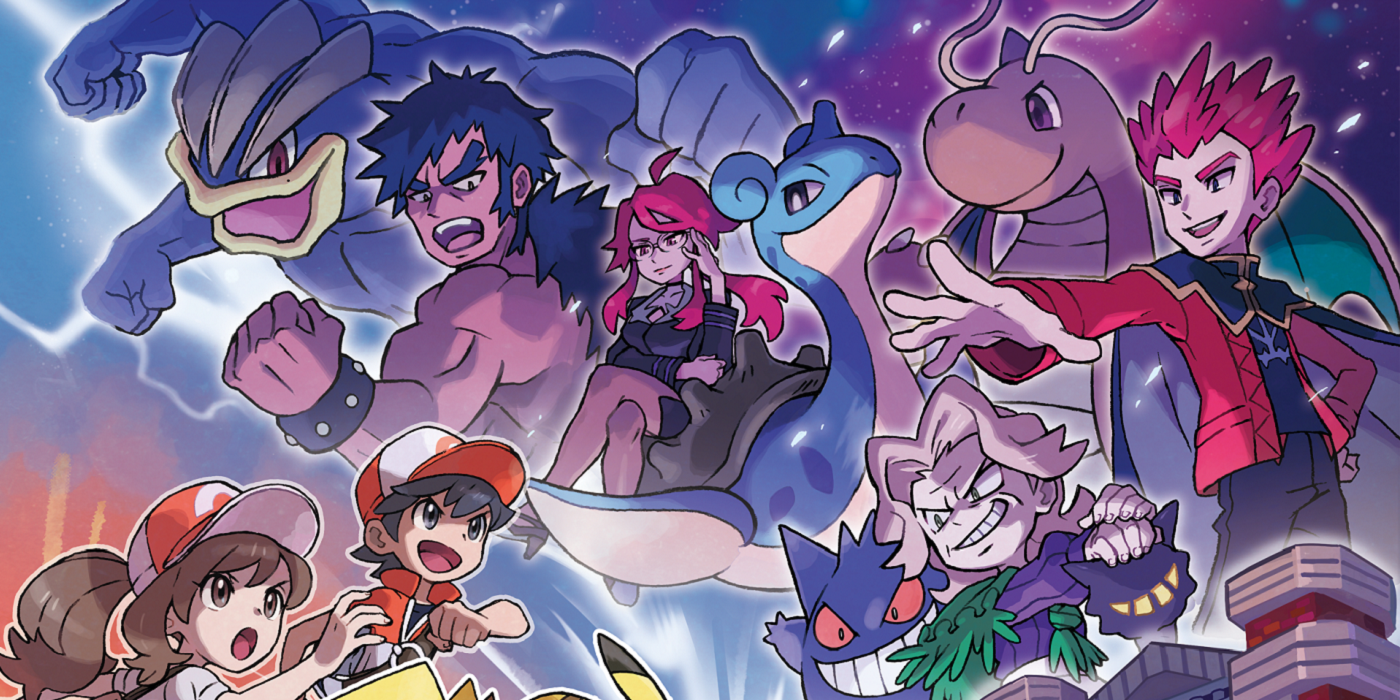The greatest challenge in Pokémon games is supposed to be its Elite Four and Gym Leaders, but it seems these powerful trainers have become easier to beat as the generations have progressed. Each Pokémon game emphasizes the challenges blocking the way to claiming the title of Champion, which should require the mastery of type match-ups and levelling monsters up. It’s unsurprising players consistently claim their place as Champion, but the underwhelming challenge of recent Gyms and Elite Four teams hasn't done much to help in-game immersion or bolster what have become some rather anticlimactic battles.
Most Pokémon games follow the same progression, where Trainers defeat eight Gym Leaders and gain access to the region’s Elite Four. The Elite Four are four powerful Trainers specializing in complex types (usually featuring a team of dual-type Pokémon) to present a significant challenge. After defeating the Elite Four, players gain access to the Champion and get a chance to claim their title. The Elite Four presents a unique challenge by forcing players to re-battle all its members should they lose to any member. Some players may work around this by saving after each battle, but this mechanic has rarely been a danger in recentPokémon games.
Whether Nintendo is making Pokémon ‘boss fights’ easier to be more accessible to younger Trainers, or changing in-game expectations is unknown, but the Elite Four certainly seem to be getting easier. In Pokémon’s first four generations, all members had five monsters on their teams during battle. Their levels ranged from mid-fifties to sixties, presenting a significant challenge to even the most prepared players. Unfortunately, this trend ended with Unova and Kalos, which only gave their Elite Four members four Pokémon.
Pokémon's Gym Leaders And Elite Four Have Simplistic Types
The Elite Four were not present in Pokémon Sword and Shield, making passage to the Champion even easier. Instead of four new Trainers, players had to defeat Gym Leaders and Rivals they had beaten before. Depending on the version purchased, Trainers need to defeat Nessa (Water-type), Raihan (Dragon-type), Bea or Allister (Fighting and Ghost-types), and Bede (Fairy-type). Unfortunately, any challenge presented by their high levels is undercut by a pre-established knowledge of each team. Trainers will have beaten all these characters before and developed strategies to counter their teams. Defeating Sword and Shield's Gym Leaders again is less a challenge than it is a nuisance.
Earlier Elite Four teams consisted of less common types, sticking to more complicated matchups like Fighting, Ghost, or Dragon. Unfortunately, this trait began to fade out as more common, easily defeated types like Fire, Bug, and Water reappeared in Elite Four team compositions. The Elite Four's difficulty decreases sharply given that many starter Pokémon are equipped to defeat these types and will likely be the most powerful monsters on players’ teams. Similarly, Pokémon Gym Leaders often use weak types easily defeated by Starters. This design is understandable for early gyms, but seems questionable if it appears past the third Gym (which it often does).
It’s unknown why the concept of the Elite Four continues getting easier, and whether Nintendo intentionally implements less complicated opponents. Long-time Pokémon fans have generally mastered the franchise’s systems and often fail to find any in-game challenges outside battling human opponents. Despite the disappointment this may cause, Nintendo undoubtedly feels compelled to maintain accessibility to younger audiences, which is Pokémon’s primary target. While challenges in Pokémon games are always welcome, the trend of easier Elite Fours in recent titles suggests these may not be a reliable source of difficulty in the foreseeable future.


